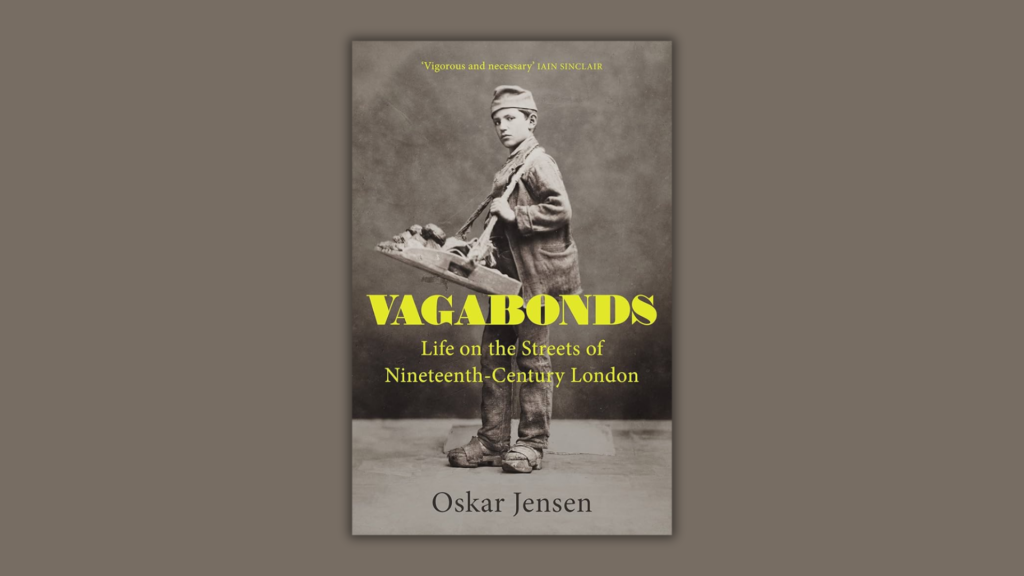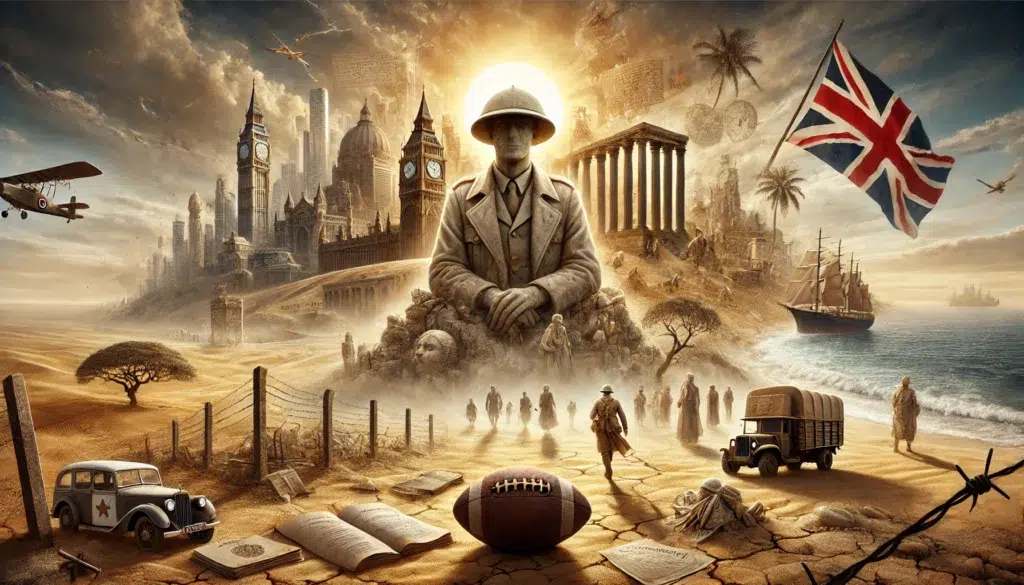The Romanticized View of Victorian Street Life
At Christmas time, TV fare always includes something by Charles Dickens. Usually Oliver Twist, but it could be Great Expectations, Nicholas Nickleby, or one of his other stories repeatedly adapted into films, musicals, or TV series. The portrayal of the poor in Victorian London seems to align with the festive spirit.
Dickens was not the only one to write about street life. Artists like Gustave Doré also sought to depict city life, focusing on those forced to live on its streets. These portrayals often provide reassurance by showing people in worse circumstances than ourselves, struggling to survive. The bleakness of Victorian London becomes a suitable backdrop for these stories.
A Critique of Romanticized Poverty
In his book, Vagabonds, Oskar Jensen recognises this, but makes a significant point. What we are looking at or reading is an image created by people in comfortable positions. However much Charles Dickens may have wanted to illustrate the position of the poor, he can only write about it from his own secure position. This is why it becomes romanticised. We can cry through tragic scenes, but we do not see the true life lived to create it.
That is the point of Vagabonds. Jensen wants to go beyond the construction of the writers and the artists and try to find the real lives led behind the pictures and the stories
The Story of Mary Ann Donovan
He begins by telling the story of Mary Ann Donovan. It is 1859 and Mary Ann Donovan is in front of the magistrate, who happens to be the Lord Mayor of London. Mary Ann is charged with attempting to sell combs on the street. What makes her interesting is that Mary Ann answers back. She asks, “Then, what can a poor girl do?” She is told she must get an honest living, but she answers that she does try, but that she is stopped.
She is in a difficult predicament. As she says herself, “I can’t take a shop, and if I sell on the streets, you say I am liable”. What can a poor girl do?
In fact, the laws were continually being written to deal with the poor. The Vagrancy Acts of 1824 and 1838, the Music Act, the Poor Law of 1834 and more. All these acts were designed to remove the poor from the streets. People like Mary Ann were fined, fines which they could not pay, they were sent to a Poor House, and they were shipped to Australia.
Giving a Voice to the Voiceless
Jensen aims to honor these forgotten people. As he puts it, he seeks to “pin ghosts on paper.” Throughout the book, he tells their stories, covering a hundred-year period during Georgian and Victorian times. His goal is to let their voices finally be heard, shedding light on the harsh realities of Victorian street life.
The book also critiques the charities of the time. Jensen notes that their missions often stripped the poor of their humanity, turning them into objects of pity to avoid disturbing societal norms. This raises the question: is our treatment of the underprivileged today much different? The marginalized are still more likely to end up in court or prison than the rest of us.
True Stories That Resonate
Vagabonds is a thought-provoking book. It entertains with colourful, true stories while making readers reflect on social inequality. Unlike Oliver Twist, these tales resonate more deeply because they come from real people, not fictionalized characters. By exploring Victorian street life through authentic accounts, Oskar Jensen provides a vivid and unsettling glimpse into the lives of the marginalized.



